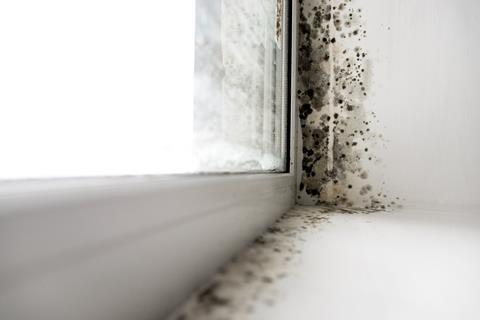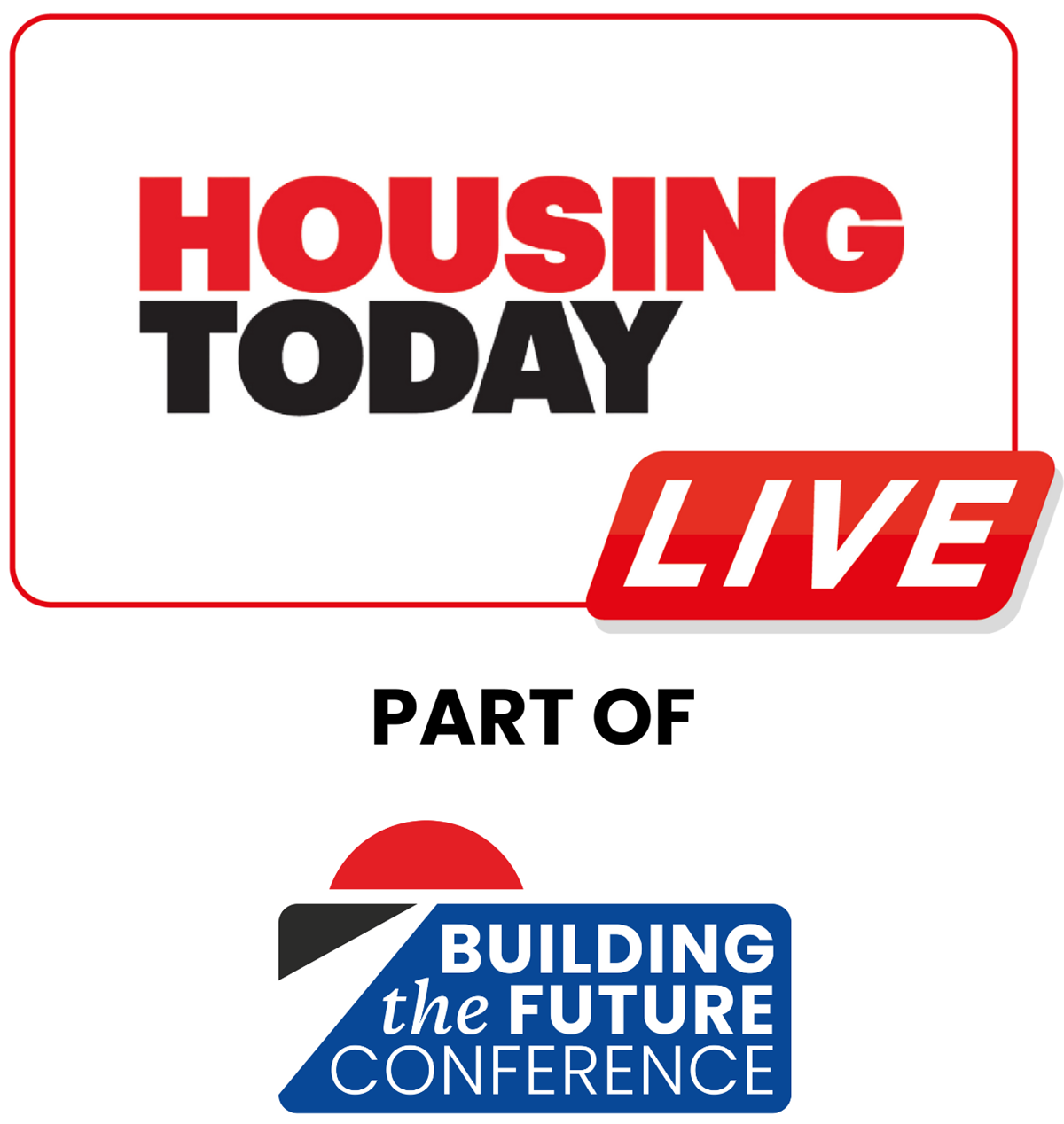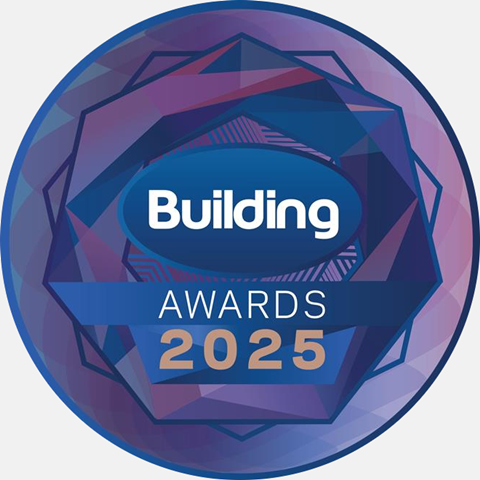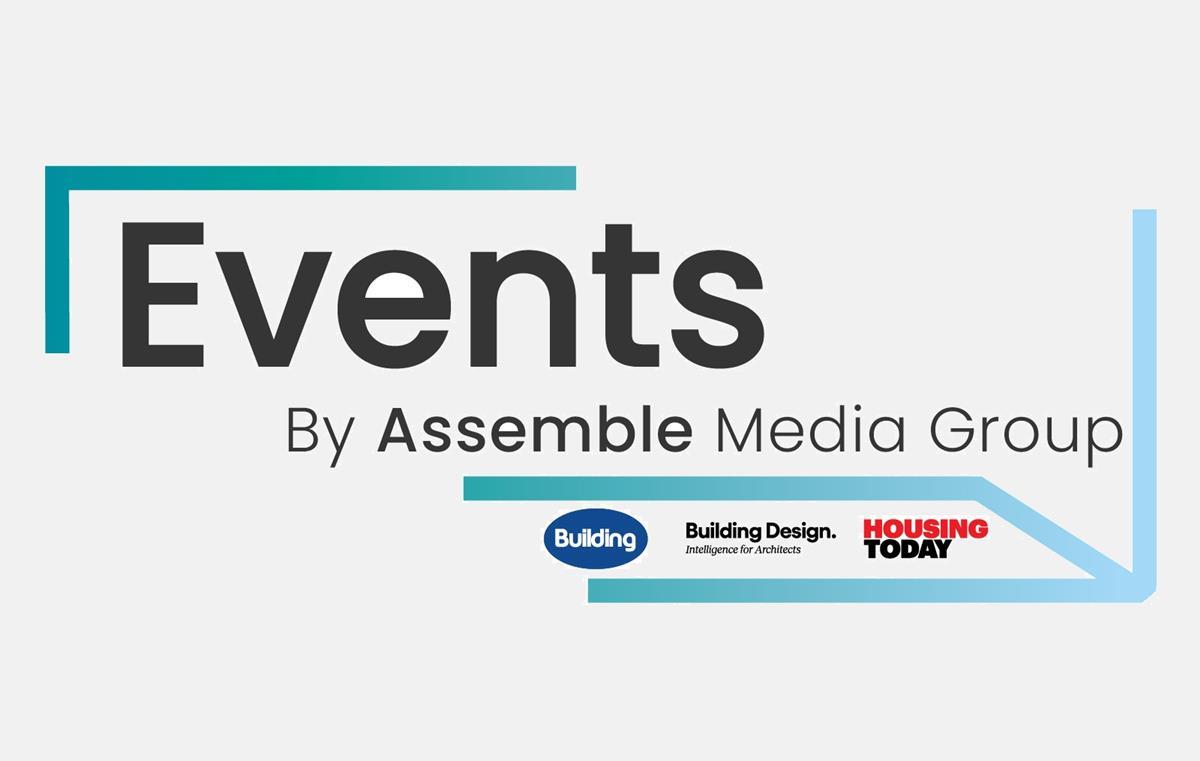An AI diagnostic system for damp and mould in UK housing has advanced from feasibility into beta testing, fast-tracking landlord compliance with Awaab’s Law through predictive analytics and retrofit optimisation

The AI-enabled design diagnostics and optimisation system for mould prevention (AI-DOMP) – a collaboration between Leeds Beckett University’s CIDEL lab and BuildEco Ltd – has now entered beta testing phase, marking a crucial shift from concept to application. This milestone comes as Awaab’s Law looms, bringing new regulatory urgency around damp and mould in social housing.
According to BuildEco partner Baily Garner, the web-based platform is transitioning toward commercial readiness and is envisaged as a subscription-based tool for landlords. This move aligns with the increasing demands placed on landlords by Awaab’s Law, which imposes stricter obligations for rapid remediation of mould hazards.
The AI-DOMP platform features three core modules:
- As-existing evaluation module: ingests user-supplied building data – such as size, age, materials and energy systems – to generate a mould risk rating and assess RdSAP performance.
- Retrofit options evaluation module: analyses historical performance to compare retrofit scenarios, predicting their impact on mould risk, RdSAP score and heat loss.
- Report generation module: produces comprehensive diagnostics and retrofit recommendations, complete with visual aids.
Baily Garner’s role includes providing performance data from retrofit surveys and IoT integration to validate AI predictions with real-world readings.
In related developments, Leeds Beckett’s sustainability researchers have published a peer-reviewed predictive model for damp risk. According to the team, this machine learning tool (using SHAP analysis) achieved up to 79.3% accuracy in identifying homes prone to dampness, with heating cost, energy consumption and wall efficiency emerging as key predictors.
These advances underscore a growing institutional momentum toward proactively managing indoor health risks in housing. With Awaab’s Law raising the stakes for housing safety, this platform could become a tool for social landlords seeking compliance and tenant protection.











No comments yet